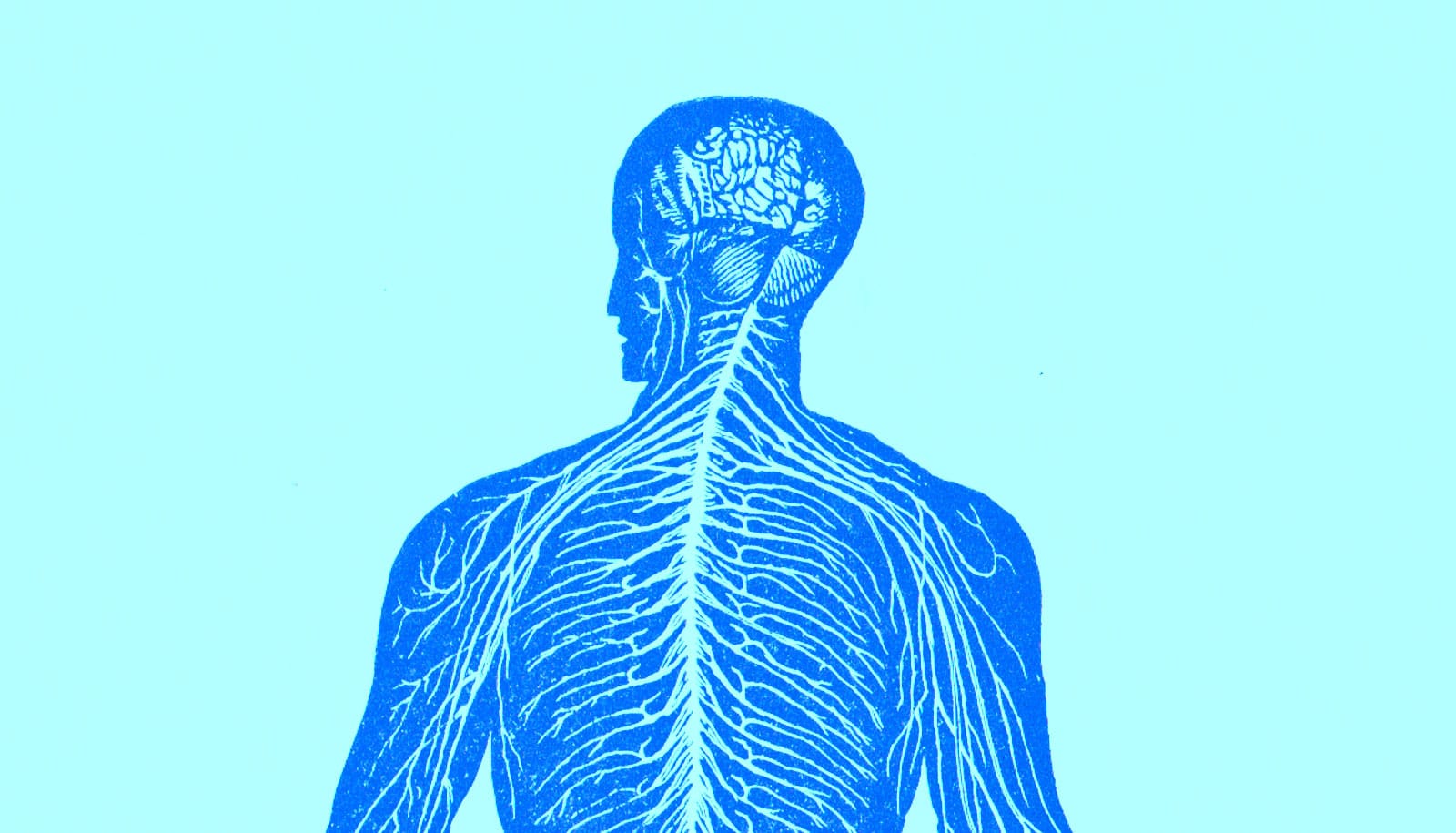Researchers have developed a way to better understand the connections between cells. The research may also shed light on how those connections affect the body’s circadian rhythm.
If you’ve ever experienced jet lag, you’re familiar with your circadian rhythm, which manages nearly all aspects of metabolism, including sleep-wake cycles, body temperature, and digestion. Every cell in the body has a circadian clock, but researchers were unclear about how networks of cells connect with each other over time and how those time-varying connections impact network functions.
Researchers developed a unified, data-driven computational approach to infer and reveal these connections in biological and chemical oscillatory networks, known as the topology of these complex networks, based on their time-series data.
Once they establish the topology, researchers can infer how the agents, or cells, in the network work together in synchrony, an important state for the brain. Abnormal synchrony has been linked to a variety of brain disorders, such as epilepsy, Alzheimer’s disease, and Parkinson’s disease.
An ICON among algorithms
Jr-Shin Li, professor of systems science and mathematics and an applied mathematician in the School of Engineering & Applied Science at Washington University in St. Louis, developed an algorithm, called the ICON (infer connections of networks) method, that shows for the first time the strength of these connections over time. Previously, researchers could only determine whether a connection existed between networks.
Li and collaborators first tested their method on simulated networks of different sizes they created. Next, they tested the method on a network of oscillators—populations of dynamic units that repeatedly fire together, go silent, then fire together again—which Istvan Kiss, professor of chemistry at Saint Louis University, created in the lab.
When they applied Li’s algorithm to the network of interactions among the synthetic oscillators, the results matched what Kiss had determined through his experiments, finding the same connections in a network of 15 chemical oscillators. Such prediction of this dynamic topology was not previously possible, the researchers say.
Li says this method has a variety of applications beyond cell networks.
“This lays the foundation to analyze real-world complex networks of tremendous size, such as transportation, internet, power grids, and social networks,” he says.
Changing connections
Li also collaborated with Erik Herzog, a professor of biology, who studies the cellular and molecular basis of circadian rhythms in mammals, to determine the connections between cells in a mouse brain. Herzog measured the circadian rhythm from 541 cells from the right and left sides of the mouse brain, then asked Li to estimate how these connections changed over time—something that hadn’t been done in the biology field.
“The connection at one time may be strong, but at another time it may be stronger or weaker, so we can use this data to recover the functional connectivity,” Li says. “If we know this, then we know the network, then we can do more study and investigate over time whether this network will be synchronized or whether specific dynamic patterns will emerge.”
Herzog says ICON would help him and other scientists to understand principles that allow systems to efficiently synchronize.
“For example, we want to define the essential features of networks of cells that keep daily time under different conditions,” Herzog says. “We hope that ICON can map out connections and describe the interactions, such as attraction versus repulsion, of cells at different developmental stages so we can understand more about how circadian systems assemble after birth, adapt to challenges such as winter or summer, and fail to coordinate during stressors such as shift work or flying across multiple time zones.”
In sync
In another experiment, collaborator William Schwartz, a former visiting professor of biology at Washington University now at the University of Texas at Austin, tested the method on seven groups of five mice who were housed together for a period of time as social networks.
Schwartz measured the oscillations of the mice at the end of the experiment and provided the data to Li, who applied his algorithm to infer results from the data. In the end, both Schwartz and Li found that four of the groups of mice had social synchronization because they had the same body temperatures at the end of their time together. Three groups did not have the same body temperatures and were not socially synchronized.
The research appears in the Proceedings of the National Academy of Sciences.
A National Academy of Science Keck Future Initiative seed grant; the National Science Foundation; the Air Force Office of Scientific Research; and the National Institutes of Health supported the research.



